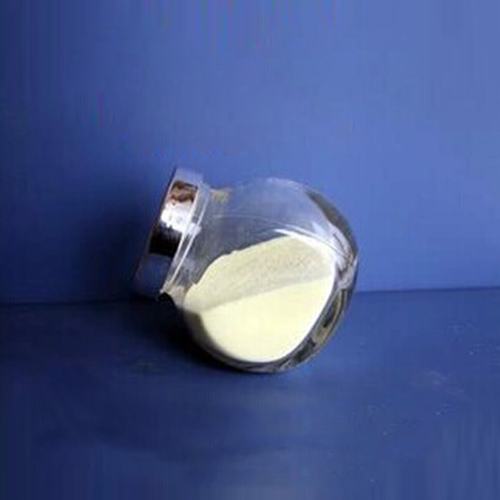(1) stabilize the cell membrane, prevent the release of inflammatory
factors, and block the cascade reaction:
Acute pancreatitis induces overactivation of mononuclear macrophages and
neutrophils, and a large influx of calcium ions phosphorylates extracellular
regulatory protein kinase (erk1/2), thereby mediating transcriptional activation
of NF- and expression of TNF-a/ il-1. Ulinastatin serine 10 is connected to a
chondroitin sulfate sugar chain. On the one hand, it forms chelate with calcium
ions to inhibit the flow of calcium ions, block signal transduction, and reduce
the production of tnf-a/il-1. On the other hand, it binds to tumor necrosis
factor-stimulating gene (tsg-6) to stabilize the cell membrane, inhibit the
release of tnf-a/il-1, and block the inflammatory cascade.

(2) stabilize lysosomal membrane, inhibit release and reduce cell
damage:
Under the influence of stimulus factors and other factors, lysosomal
membrane is broken, and a variety of lysosomal enzymes such as cathepsin and
hyaluronidase are released, causing cell autolysis, and a large number of
inflammatory mediators and lysosomal enzymes are released, further causing
inflammatory cascade reaction and tissue destruction. Ulinastatin binds to the
receptor on macrophages, which can stabilize lysosomal membrane, inhibit
lysosomal enzyme release, and reduce cell damage. It stabilizes the cell
membrane, inhibits the release of tnf-a/il-1b, and blocks the inflammatory
cascade.